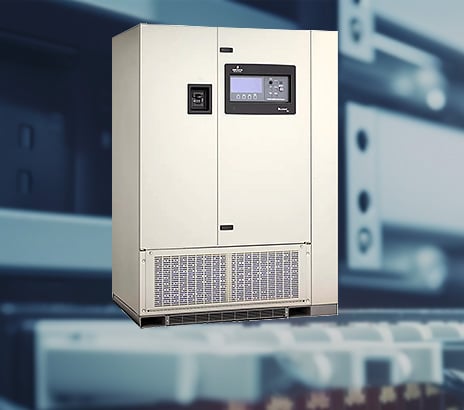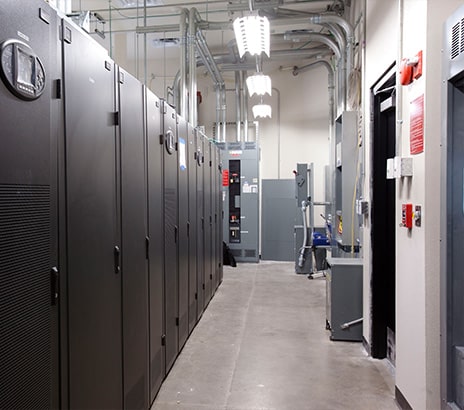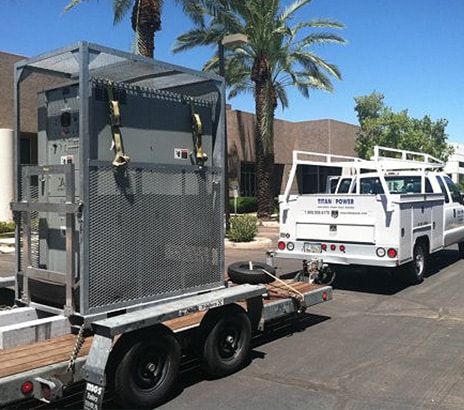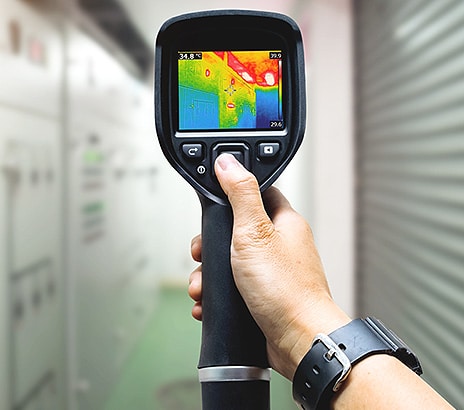The purpose of the test is to verify that the UPS system is performing to manufacturer’s design specifications. The test is normally performed within 72 hours after equipment installation and successful start-up. However, this test may be conducted at any point in the UPS design life to establish a benchmark (snapshot) of performance.
UPS Acceptance Testing FAQ
Q: Is there a plan/contract that tests for UPS acceptance on a regular basis?
A: Yes, this can be added into the contract if the customer requires this service.
































